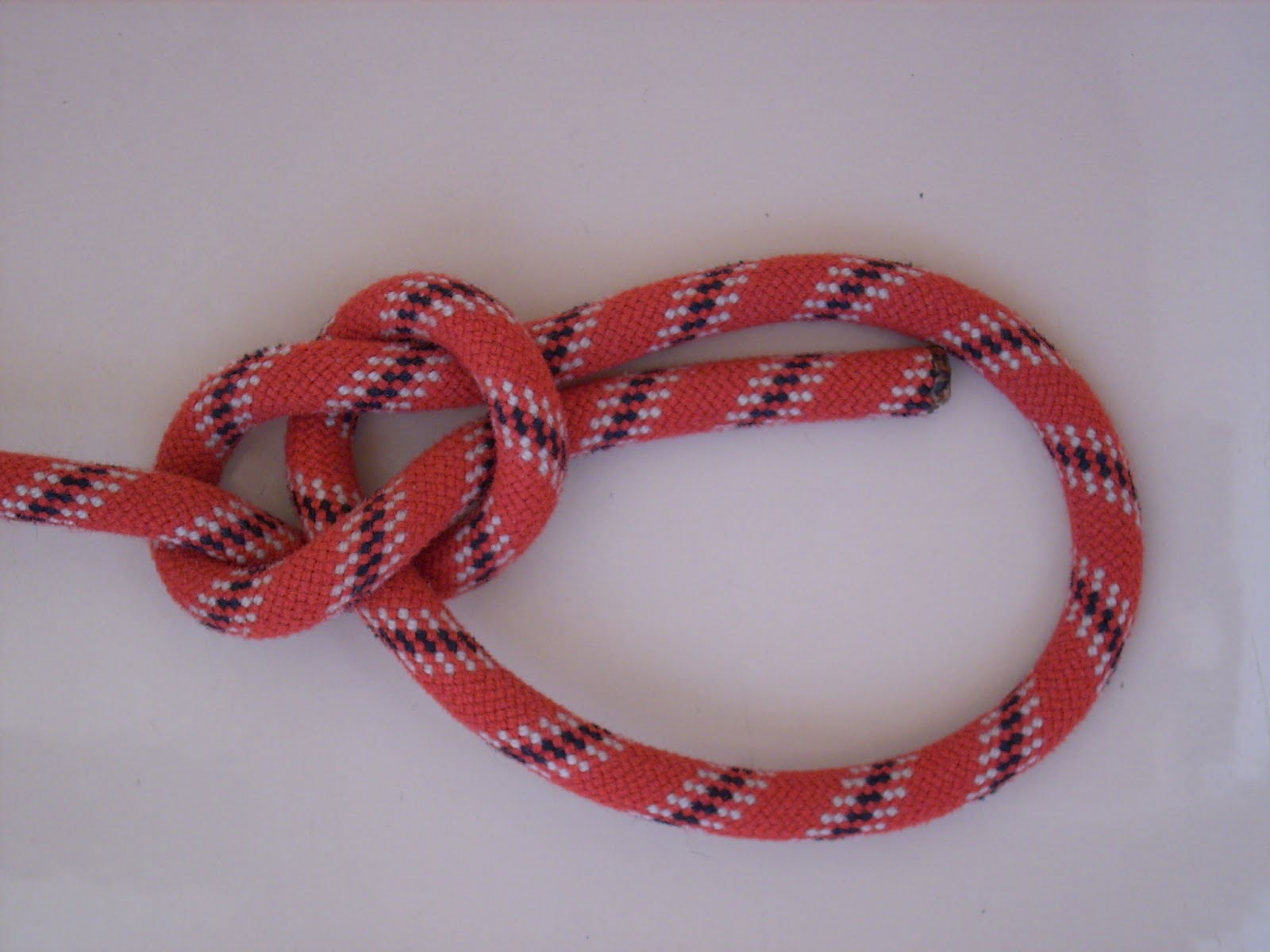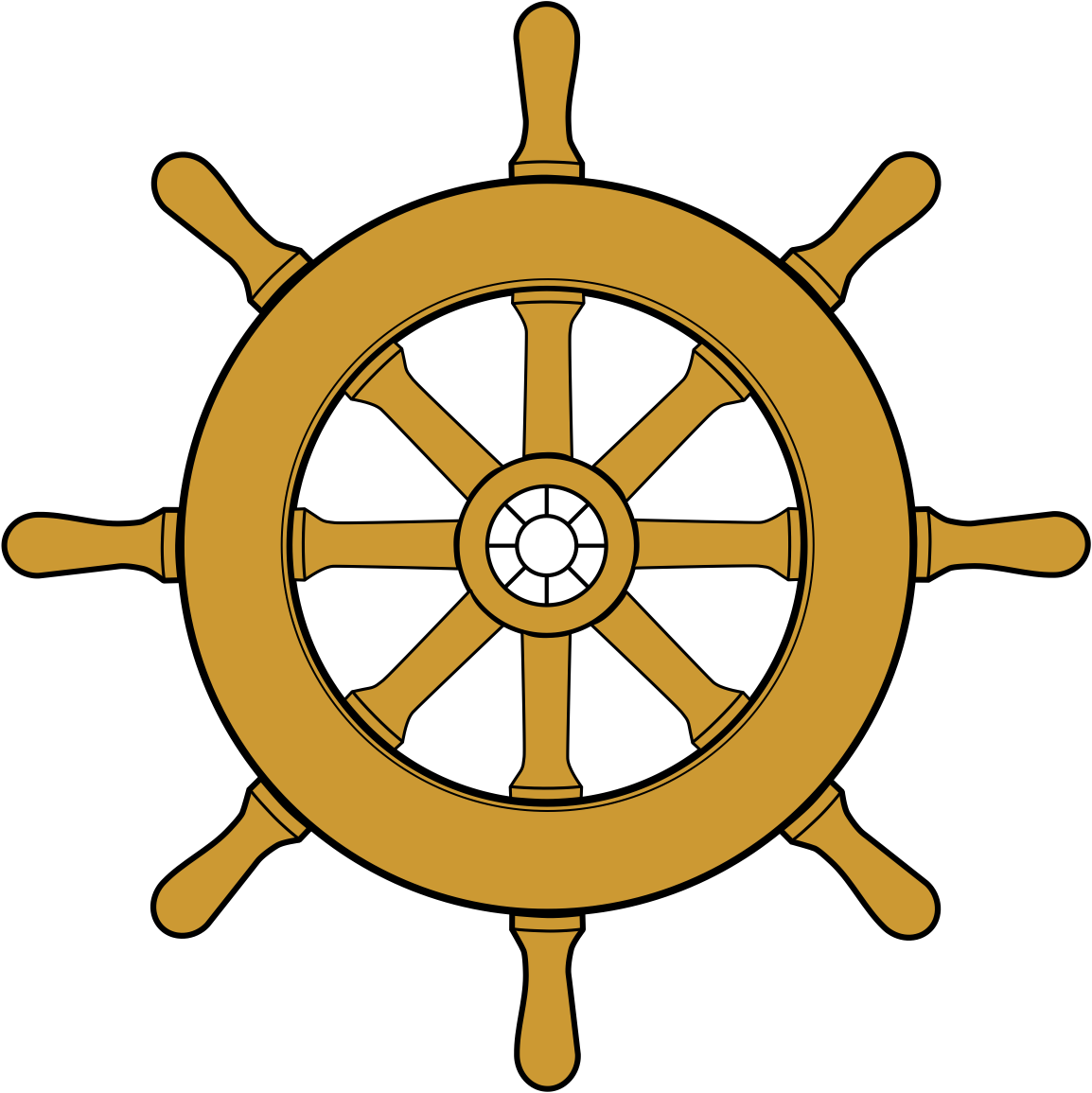Sailing the Seven Seas 
By: Katie Lynch
Did you know that boats are the oldest over water transportation? Not motorboats, but sailboats. Modern sailboats have engines, just in case, but not in the1600s. Nope, they relied entirely on wind, tides, and boats to get them overseas. This wasn’t exactly fast, but it was efficient.
Sailing was how the USA was founded. Mr. Columbus sailed all the way from Europe. Sailing also came in handy when someone in Scotland wanted something in India they would say “Raise the sails!”
Sailing was so special that modern people decided to keep the tradition alive. Now boats are smaller and faster. There’s only two sails, and it’s very safe. Read on to learn all about sailing!
The Sails
One of the most important parts of the majestic sailboat is it’s sails. There are two sails on a modern boat, they are called the mainsail and the jib.
The main sail is also called the mainsul. It connects to the boom, a long horizontal pole which branches off of the mast, another long pole sticking straight out of the middle of the boat. The mainsail allows the boat to go. You can sail without the mainsail, but it is a bit trickier without it.
The jib makes the boat stronger and faster. It is placed off the mast, and connects to the bow, or front of the boats. Sailing with just the mainsail will work, but if you want to “fly” use the jib.
Knots
Sailing knots are probably the best knots in the world. Each knot is super strong. Also everyone has a different part on a boat.
A sailing cleat is a knot used to tie a boat to a dock, not a soccer shoe. To tie a cleat you take a cleat, a hot dog shaped thing on a platform on a dock, and wrap your line, rope around the cleat, criss cross it, loop, and tighten. A boat will never get away from a good cleat!
Another cool knot is a bowline knot. This one is amazingly strong, but extremely easy to untie. To tie this one you make a loop at one end of the line, then you take the other end and make it go out of the loop, around the extra, and back in the loop. ( The bunny goes out of the hole, around the tree, and back in the hole)
Without knots boats would be nowhere, literally. They wouldn’t be able to go anywhere or come back. It would be a disaster.
Weather
Weather really affects sailing. A sailor will check the weather many times before sailing.
Perfect sailing weather is sunny, warm, and strong, but not “it’s blowing me away” wind, that is blowing in the right direction. 
Bad sailing weather is cold, cloudy and/or foggy, and “it’s blowing me away” wind, or no wind at all. Also you should NEVER sail in a storm.
Scary things can happen if you sail in bad weather. Though in good, a boat can soar.
Tides
Tides are also very important to sailors. A good one will have at least five tide charts on the boat.
A tide chart is a chart that has sunrise, sunset, moonrise, and moonset, it also has times for high and low tides. “Why are these important?” you ask. Well, a boat can get stuck and/or seriously damaged if they touch the bottom. This can happen at low tide.
A tide chart is a chart that has sunrise, sunset, moonrise, and moonset, it also has times for high and low tides. “Why are these important?” you ask. Well, a boat can get stuck and/or seriously damaged if they touch the bottom. This can happen at low tide.
The sun and moon “wake up” and “sleep time” are important for two reasons. The first reason is that the moon affects the tides. The other reason is that you don’t want to be in the middle of nowhere or have not set anchor when the sun sets and the stars are out, unless you know how and want to sail at night. 
Driving
Driving a boat is a little like driving a car. When you drive either of them you only have to steer the wheel slightly to get an affect.
A boat though, has a big wheel. Also you can’t just drive it anywhere. You have to have it so the wind and tides are at your side. Finally sailboats don’t always run on gas.
A car on the other hand, you sit in to drive, and there’s seat belts. Also a car is on land, and drives on roads. A car must drive on the right side of the road, but a boat can sail anywhere in the ocean.
The Dinghy 
Dinghies are little boats that are made because the bigger boat can’t go all the way to shore. If the sailors did shore they would go there in a dingy.
Olden day dinghies were small and wooden. They looked like rowboats. You would take your oars, paddles, sit backwards, and do a backward motion with the oars. This is called rowing. “Why sit backwards?” you say. Well, the way the oars are made so that they cup the water and push it back, this makes the boat go forward.
Now a day dinghies are usually blown up with air and can be quite big depending on the size of their “big mama boat.” Also you now steer a dinghy with an engine but just in case there’s still oars. To drive an engine on a dinghy, you must sit in the back so you hold the tiller, a stick jutting out of the engine. The tiller is connected to a little fan, that like the oars pushes the water back. To work the tiller you push it the wrong way. For example if you want to go starboard, right, push it port, left. I know this sounds confusing, but when you get the hang of it it’s easy.
You’re Ready
As you can see sailing is an amazing sport. The sails, knots, weather, tides, driving, and dinghies all affect the boats. Did you know that many sailors race around islands and buoy tracks in sailboats all the time? Now keep your sails up and your life jacket on so you can sail the seven seas.
No comments:
Post a Comment